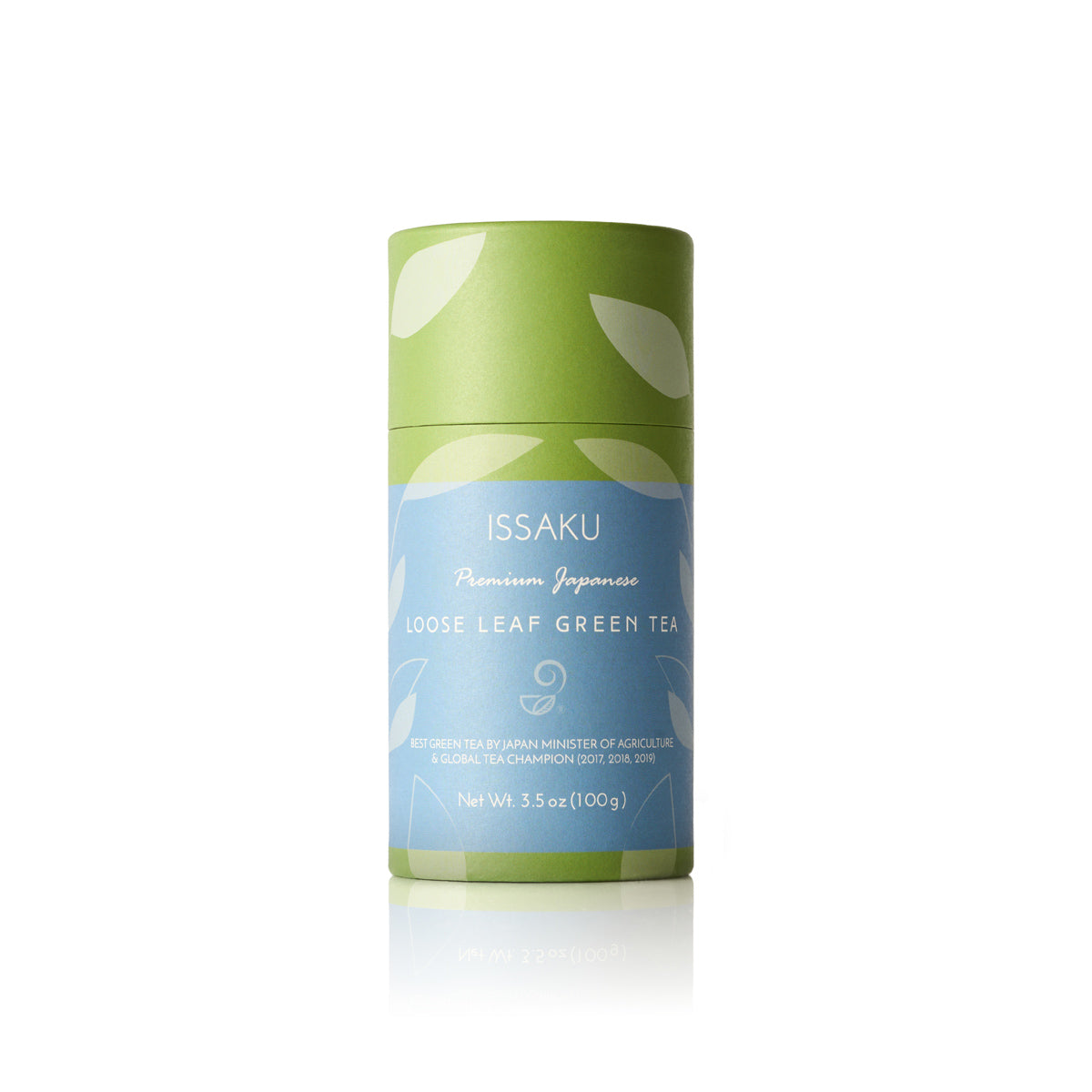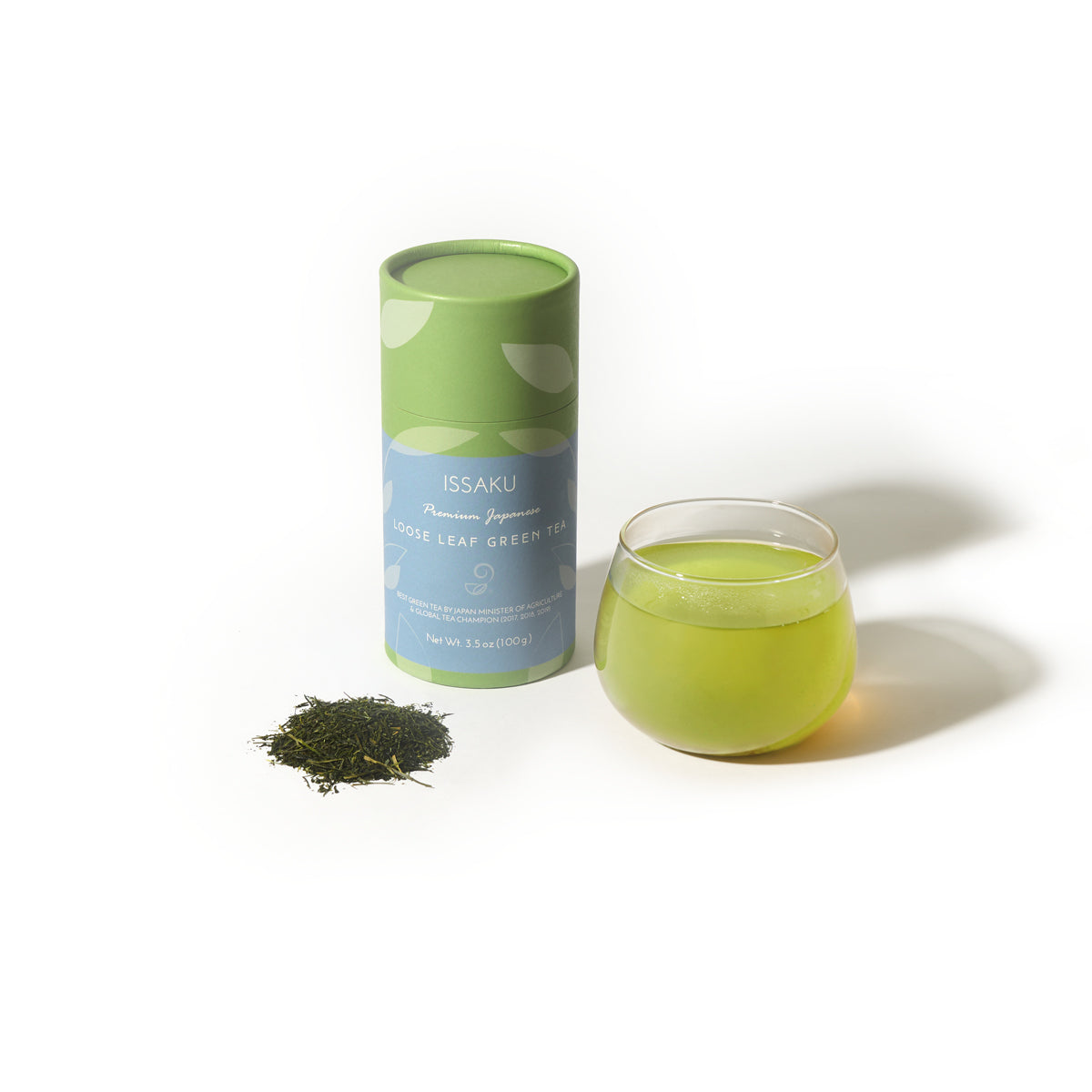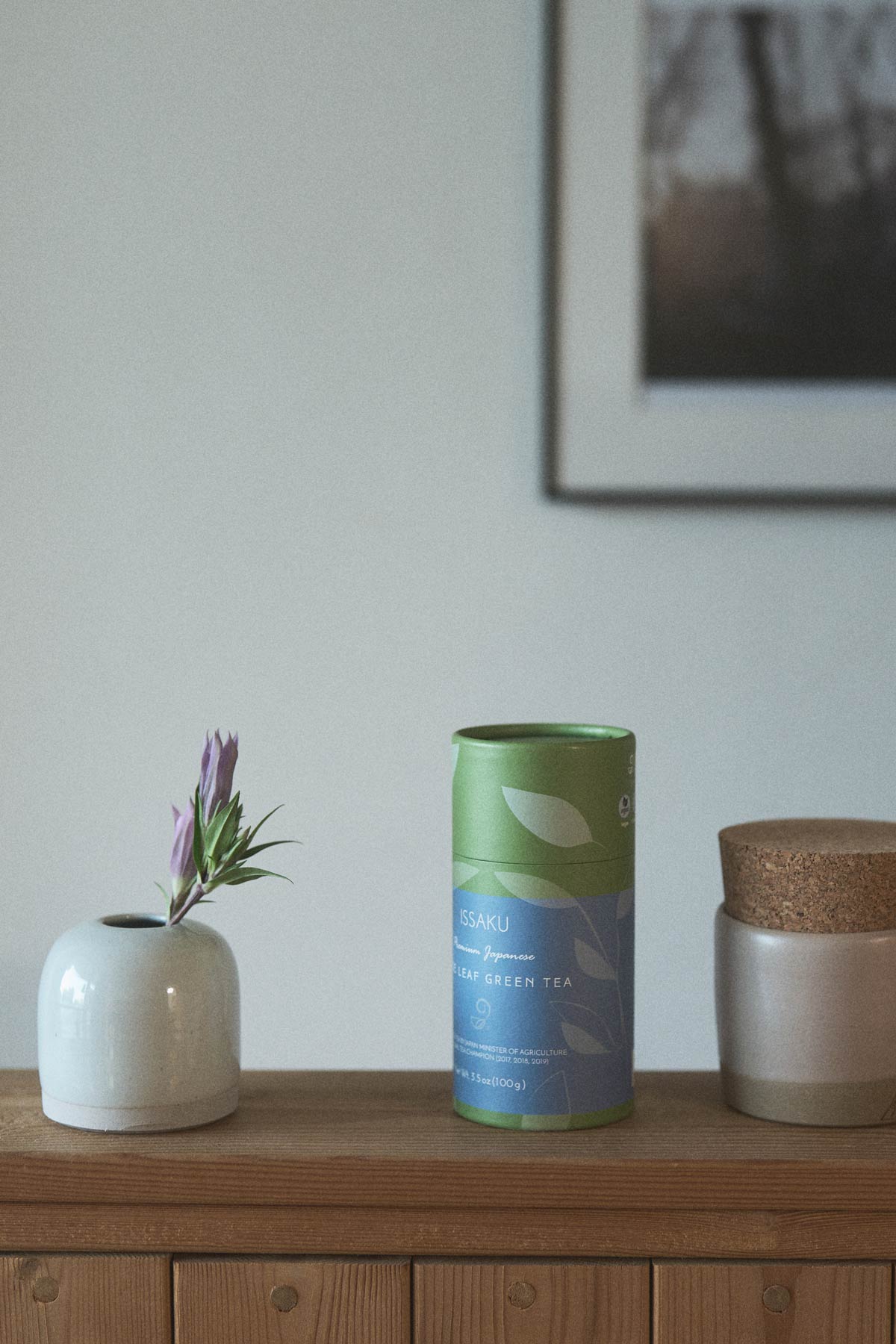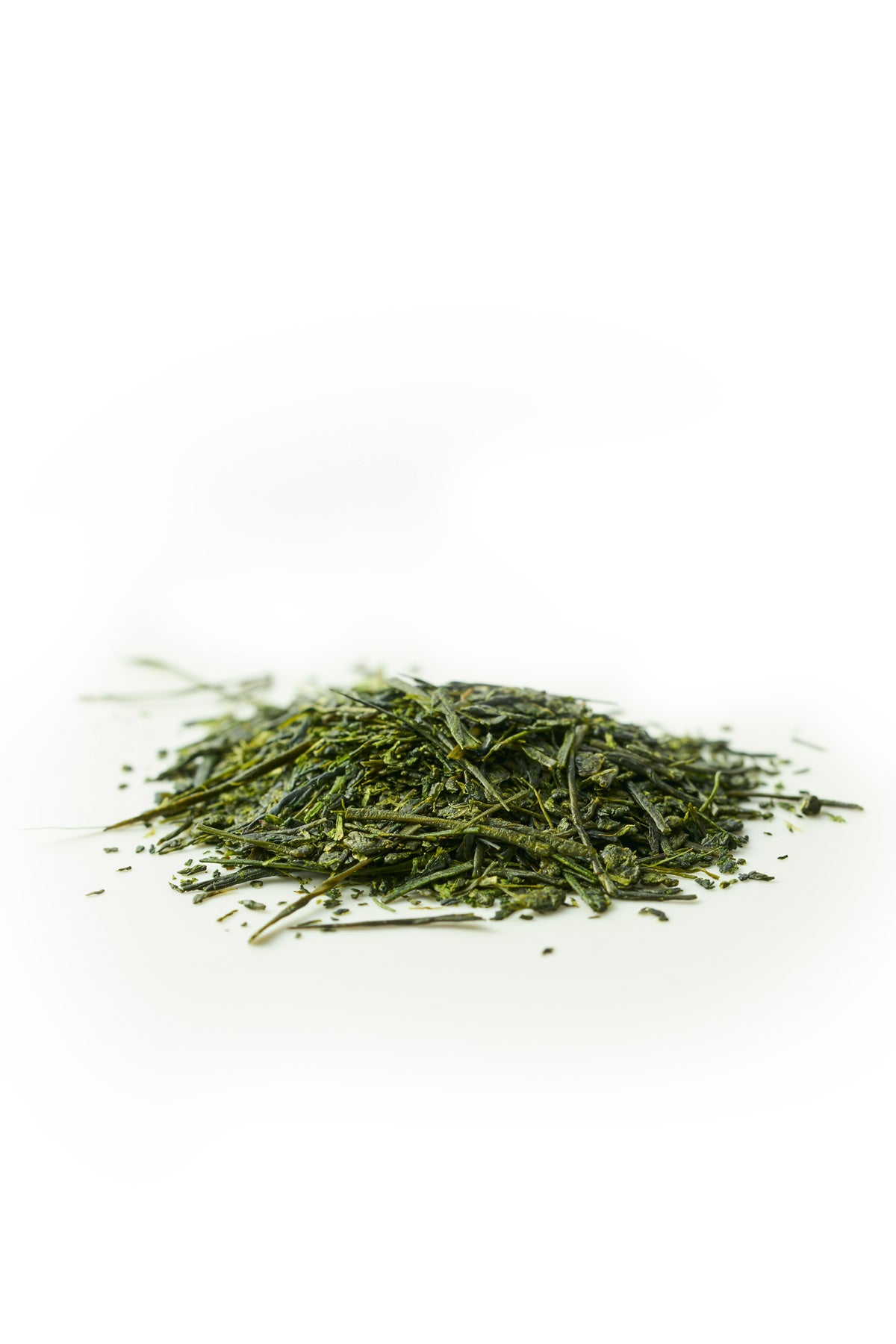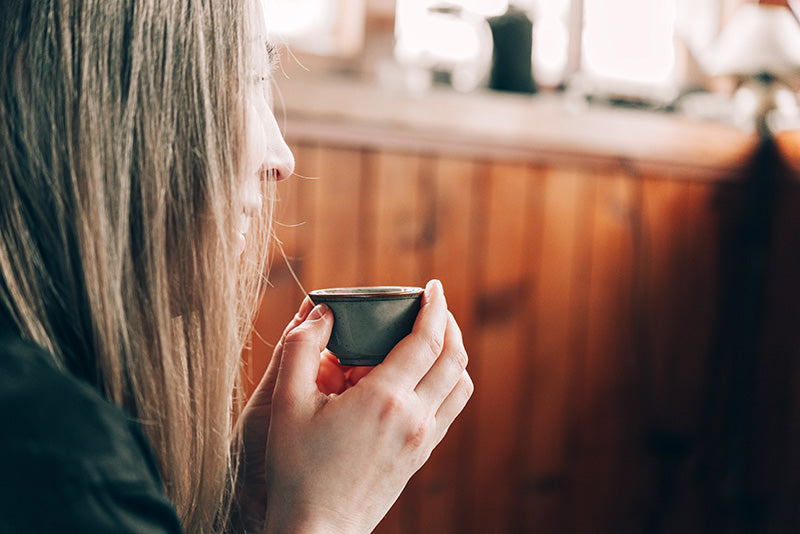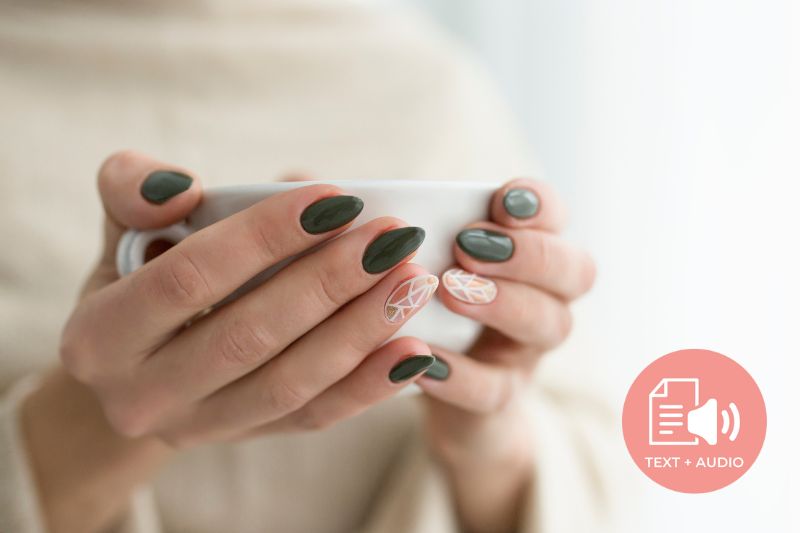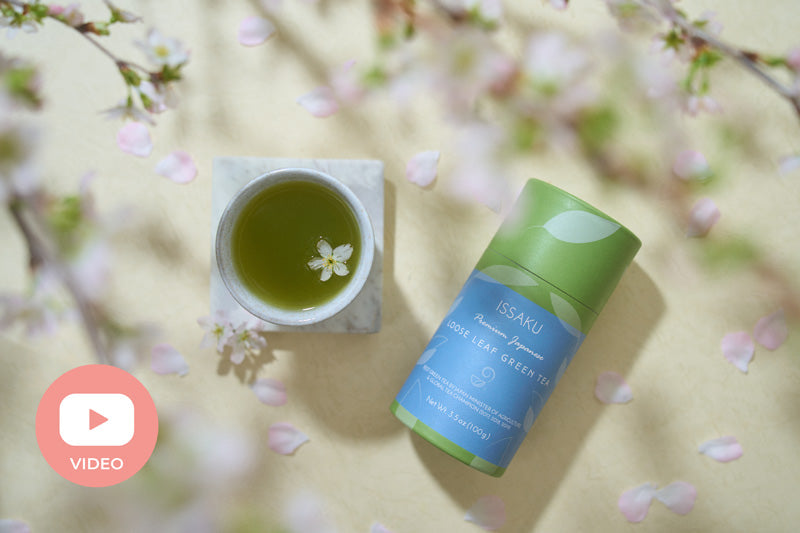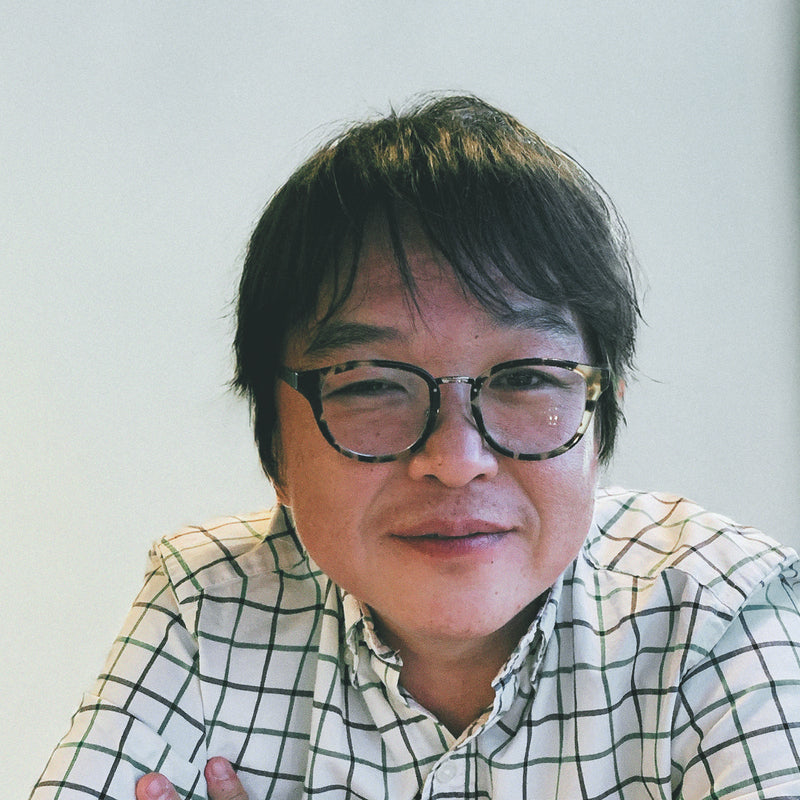As a spa owner, you think a lot about how to increase customer satisfaction so that you can keep customers coming back to your spa as well as attract new ones. Since many of my customers happen to be spa owners, I was able to ask around about why Japanese green tea contributes to retaining existing customers and how they use it in their own spas to promote customer satisfaction. They gave me a lot of facts and advice that I would like to share with you now to help you implement Japanese green tea in your own spa’s treatment sessions. This is what I learned:
Beyond simply being a beverage, Japanese green tea can become integral to your spa’s signature experience. By incorporating it thoughtfully into the customer journey—from the moment they walk in to the time they leave—you can create a unique, memorable ritual that sets your spa apart. Serving tea can signal a warm welcome, encourage relaxation, and subtly communicate your commitment to wellness and detail. Over time, these small yet meaningful gestures can help build stronger emotional connections with clients, turning first-time visitors into loyal advocates for your spa.
Nothing Is More Soothing Than a Hot Cup of Tea
Customers come to spas to escape the stresses and worries of their daily lives, which is why spas strive to create a relaxing and calming atmosphere. A cup of hot Japanese green tea can help calm your customers by encouraging them to slow down and savor the hot drink so they can start looking forward to their upcoming treatment. Make sure to tell your customers that the amount of time they spend enjoying their tea won’t affect their treatment time. For example, if they booked a one-hour massage, they still get a full one-hour massage whether they spend 5 or 20 minutes sipping their tea. Otherwise, the customer might rush through this important, relaxing process. To ensure that their customers have plenty of time before and after treatment, one owner told me that they like to allocate an extra half hour into the appointment time. This helps customers feel like they are getting extra value for the price they paid.
Serving hot tea before treatment also engages multiple senses at once—the warmth of the cup in their hands, the gentle steam rising, and the delicate aroma filling the air all work together to create a deeper sense of calm. This sensory experience helps customers transition mentally from the outside world into the peaceful environment of your spa. By offering a moment of quiet mindfulness before their treatment begins, you enhance their immediate comfort and set the stage for a more profound and memorable spa experience.

Chill Out – Cold Tea after Treatment
Since many spa treatments involve heat which can make customers sweat or feel overheated even after treatment, a cold-brewed tea after treatment can bring the customers’ temperatures back down and chill them out both literally and figuratively so that they are energized and ready to go back out into the world. One thing you should keep in mind should you choose to serve cold tea after a treatment is that cold green tea has to be brewed differently than hot green tea, otherwise it won’t taste very good. To make sure that you are brewing a tasty cup of Japanese green tea no matter the temperature, please read this blog post.
Offering cold tea can also be an unexpected and refreshing surprise for your guests, leaving them with a positive final impression before they leave. The crisp, clean taste of a properly brewed cold Japanese green tea can act as a gentle palate cleanser, enhancing the rejuvenation they get from your spa services. Serving it in a beautiful glass, perhaps with a few floating ice cubes or a garnish like a mint leaf or citrus twist, adds a touch of elegance and attention to detail that customers are likely to remember—and share with others.
Compliment Their Palates with a Light Treat
In traditional Japanese green tea ceremonies, the green tea is typically accompanied by a little delicacy called chagashi which compliments the flavor of the tea. If you can’t obtain chagashi, you can substitute some fruit or another light, healthy snack. It is important to do this after treatment, since providing this combination beforehand could cause an upset stomach in customers with weak or sensitive stomachs.
Pairing tea with a light treat after treatment also elevates the overall spa experience by engaging the sense of taste in a thoughtful way. The subtle sweetness of chagashi or fresh fruit can balance the slightly earthy or grassy notes of Japanese green tea, creating a harmonious flavor combination. Presenting these snacks on elegant trays or in small decorative bowls adds an element of refinement, making guests feel pampered and cared for. This simple gesture can turn a regular spa visit into a memorable indulgence, encouraging customers to associate your spa with luxury and attention to detail.
Adding A Delicate Touch Makes Them Feel Special
Another Japanese tradition is providing restaurant customers with oshibori (a wet towel) as a courtesy so that they can wipe their hands before, during, or after their meal. The temperature of the towel is even tailored to the season, with restaurant owners providing cold towels in the summer and hot towels in the winter. This extra touch communicates to customers that they are valued. You can adapt this to the presentation of the green tea by accompanying it with a little flower (one of my customers prefers little orchids). This delicate touch makes your customers feel special and valued, and therefore more likely to come back again.
Small gestures like this go a long way in shaping a guest’s overall perception of your spa. When customers feel that you’ve thought about every detail—right down to the seasonal temperature of a towel or the beauty of a small bloom—it creates an emotional connection that goes beyond the service itself. These personal touches signal that their comfort and happiness are a top priority, which not only increases the likelihood of repeat visits but also inspires customers to share their positive experiences with friends, family, and on social media.
Surprising Physical Health Benefits of Premium Green Tea
Adding the consumption of Japanese green tea to your treatments does more than relax customers and make them feel valued—it also has some pretty incredible health benefits! For starters, it is rich in antioxidants which fight cancer-causing free radicals. These antioxidants also boost metabolism, help maintain a healthy body weight, reduce the risk of contracting type 2 diabetes, and help maintain a healthy blood pressure. It also contains theanine, which helps keep the brain and immune system strong as well as other ingredients which are known to help prevent cancer.

Finally, green tea has a small amount of caffeine, so customers can feel energized without experiencing the energy crash that comes after a similar amount of coffee. By incorporating green tea into the spa experience and explaining its health benefits, then, you show your customers that you value their overall health. You can learn more about the health benefits of premium Japanese green tea by reading my blog.
When you communicate these health benefits to your clients, it transforms the act of drinking tea from a simple refreshment into a wellness ritual. Customers will appreciate that the beverage they’re enjoying is not only soothing in the moment but also contributing to their long-term health goals. This can strengthen their trust in your expertise and reinforce your spa’s image as a place that truly cares about their holistic well-being. In turn, such trust often leads to stronger client loyalty and positive word-of-mouth recommendations.
Hold the Sugar, Please
Your health-conscious customers will also appreciate green tea because it tastes delicious on its own—no sugar needed. In fact, come varieties of Japanese green tea don’t taste particularly good with sugar. Of course, customers are free to add sugar if that is their preference, but many will appreciate the opportunity to go sugar-free. Some Japanese green teas are naturally sweet (and still calorie free), like this.
By highlighting the natural flavor profile of Japanese green tea, you can position it as both a healthy and sophisticated choice. Many spa guests are already mindful of their diet and will value the chance to enjoy a beverage that aligns with their wellness goals without sacrificing taste. You might even consider offering a brief tasting experience, allowing customers to sample different varieties and discover the unique nuances in aroma, sweetness, and body. This not only elevates the spa visit but also encourages guests to see your spa as a place where healthy indulgence and refined taste go hand in hand.
Works Great inside and Out
Lastly, some spa owners have discovered that Japanese green tea doesn’t just work well inside the body. It also works well when applied topically to the skin. Some spa owners have added green tea to their treatment options such as scrubs, soaks, or baths with great success. Green tea, in fact, has many benefits to the skin such as treating acne, slowing the aging process, and fighting skin cancer.
In short, many spa owners that I have spoken with agree that Japanese green tea can go a long way to boosting customer satisfaction, no matter how you decide to implement it. It works because it helps them feel relaxed, valued, and it has many documented health benefits. You can, of course, get creative in how you decide to include Japanese green tea in your spa treatments. From what I have learned from my customers, the most important thing is to ensure that your method takes into consideration the mental and physical health benefits of green tea and makes customers feel special.
Exploring the topical use of green tea also opens opportunities for unique, signature treatments that set your spa apart from competitors. Imagine offering a “Green Tea Glow” facial or a “Matcha Mineral Soak” that not only pampers but also nourishes the skin with powerful antioxidants. These specialized services can be marketed as premium experiences, appealing to clients seeking both relaxation and visible beauty results. By branding such offerings around the trusted reputation of Japanese green tea, you can position your spa as a forward-thinking destination for holistic wellness.
Conclusion
Incorporating Japanese green tea into your spa experience is more than just an elegant touch—it’s a powerful way to connect with your clients on multiple levels. Whether served hot to welcome and relax them, cold to refresh and re-energize, paired with a delicate treat, or infused into luxurious skin treatments, green tea adds value that customers can taste, feel, and appreciate. It offers proven health benefits, enhances the sensory journey, and shows guests that every detail of their comfort and well-being has been thoughtfully considered. By embracing this simple yet meaningful tradition, you can elevate your spa’s reputation, inspire loyalty, and give your clients an experience they’ll want to return to—and share with others—again and again.
Get Free Bonus Books

Sign up for free to the Green Tea Club to get advice and exclusive articles about how to choose Japanese Tea, and tips, tricks, and recipes for enjoying Japanese tea.
About the author
Kei Nishida
Author, CEO Dream of Japan
Certification: PMP, BS in Computer Science
Education: Western Washington University
Kei Nishida is a passionate Japanese green tea connoisseur, writer, and the founder and CEO of Japanese Green Tea Co., a Dream of Japan Company.
Driven by a deep desire to share the rich flavors of his homeland, he established the only company that sources premium tea grown in nutrient-rich sugarcane soil—earning multiple Global Tea Champion awards.
Expanding his mission of introducing Japan’s finest to the world, Kei pioneered the launch of the first-ever Sumiyaki charcoal-roasted coffee through Japanese Coffee Co. He also brought the artistry of traditional Japanese craftsmanship to the global market by making katana-style handmade knives—crafted by a renowned katana maker—available outside Japan for the first time through Japanese Knife Co.
Kei’s journey continues as he uncovers and shares Japan’s hidden treasures with the world.
Learn more about Kei
